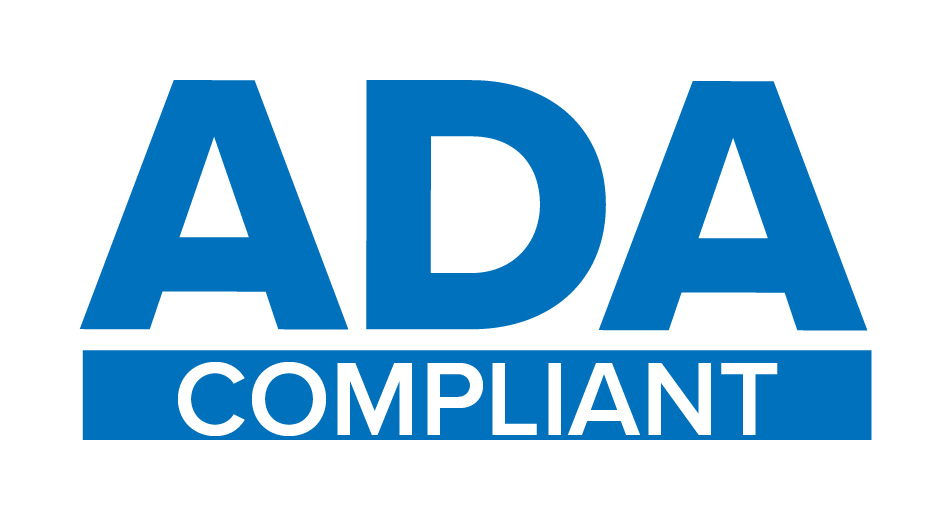Columns & Opinions
May 25, 2023
OETA should be Med, and AM radio is vital
Among the memories that stand out for me is local late-night TV from Oklahoma City in the 1970s. For those who also recall those days, you could count the number of TV stations on one hand and still have a finger or two left over, so there was not the variety — or quantity — we now enjoy What I recall were live commercials for Alan Merrill Chevrolet. Alan Mer- ~ rill, broad-shouldered and affable as he might have been, had a lisp, but that didn’t stop him from being his dealerships well-known spokesman. He was synonymous with the irritation of commercials that interrupted the late movie, and he knew it. Actually, he embraced it.

